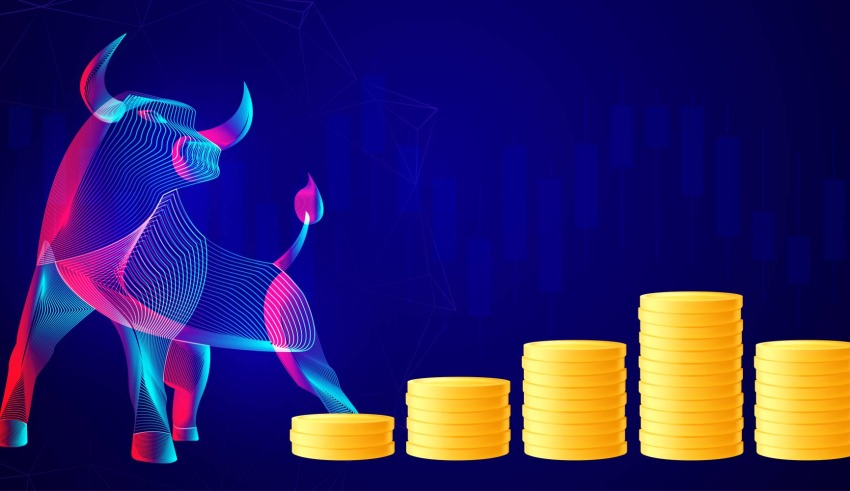
A bull marketplace is characteristic of a constant rise in asset prices for a considerable time. Although the term “bull market” is commonly associated with stocks and the stock market, it can be applied to any asset, including bonds, real estate, commodities, and cryptocurrencies, that is experiencing upward price movement. So, if you are planning to trade or mine Bitcoin, then you may visit Immediate Future.
Some analysts consider a bull market to have occurred when prices rise by at least 20% from their most recent low. Bull markets can have varying lengths. This article delves into the mechanics of a bull market and how investors can navigate this period of growth.
What is Bull Market?
When asset prices experience a prolonged increase, particularly when they frequently surpass previous highs, it is referred to as a bull market. This term can apply to the price movement of a single security or an entire market. For instance, analysts may refer to a bull market for a specific stock, such as Apple, or for major indexes like the Dow Jones Industrial Average or the Standard & Poor’s 500, which encompass a wide range of stocks. In a bull market, investors tend to be optimistic, resulting in increased buying activity, higher valuations, and overall market growth. This article provides an in-depth analysis of bull markets, their characteristics, and their implications for investors.
A bull market is frequently viewed as the end of a bear market, which is characterized by a period of falling prices. However, it’s challenging to identify the transition to a bull market until after it has occurred when the change is apparent. Before the onset of a bull market, the market may spend a prolonged period moving sideways before ultimately trending upward. This sideways motion can cause confusion and uncertainty among investors, who may struggle to determine whether the market will continue to fall or if a bull market is on the horizon. This article delves into the dynamics of bull markets and how investors can navigate the transition from a bear to a bull market.
Identifying Key Characteristics of a Bull Market
High Investor Confidence
When the market performs well, investors typically feel positive about their investment decisions. This increased confidence often leads to greater enthusiasm for investing, and investors may become more open to taking on speculative or high-risk investments. This enthusiasm, referred to as “animal spirits,” can further drive up asset prices, resulting in a positive feedback loop. However, investors should exercise caution and avoid making hasty decisions based on emotion alone, as markets can be unpredictable and subject to sudden shifts.
Growing Economy
Bull markets frequently overlap with periods of economic expansion, characterized by positive developments in various economic indicators. In some instances, a bull market may begin while the economy is still recovering from a recession and end before any clear indications of an impending downturn. The relationship between economic growth and bull markets can be complex and multifaceted, with various factors influencing market behavior.
Significant Price Growth
Bull markets are primarily characterized by a prolonged period of increasing asset prices, during which a specific security or market index frequently achieves new all-time highs. This sustained growth is a defining feature of bull markets, distinguishing them from short-term market fluctuations or corrections. Investors often seek to capitalize on the upward momentum of a bull market by investing in assets that are likely to benefit from continued growth, such as growth stocks or equity funds. However, investors should be aware that bull markets are inherently unpredictable and can experience sudden downturns, requiring a cautious and strategic investment approach.